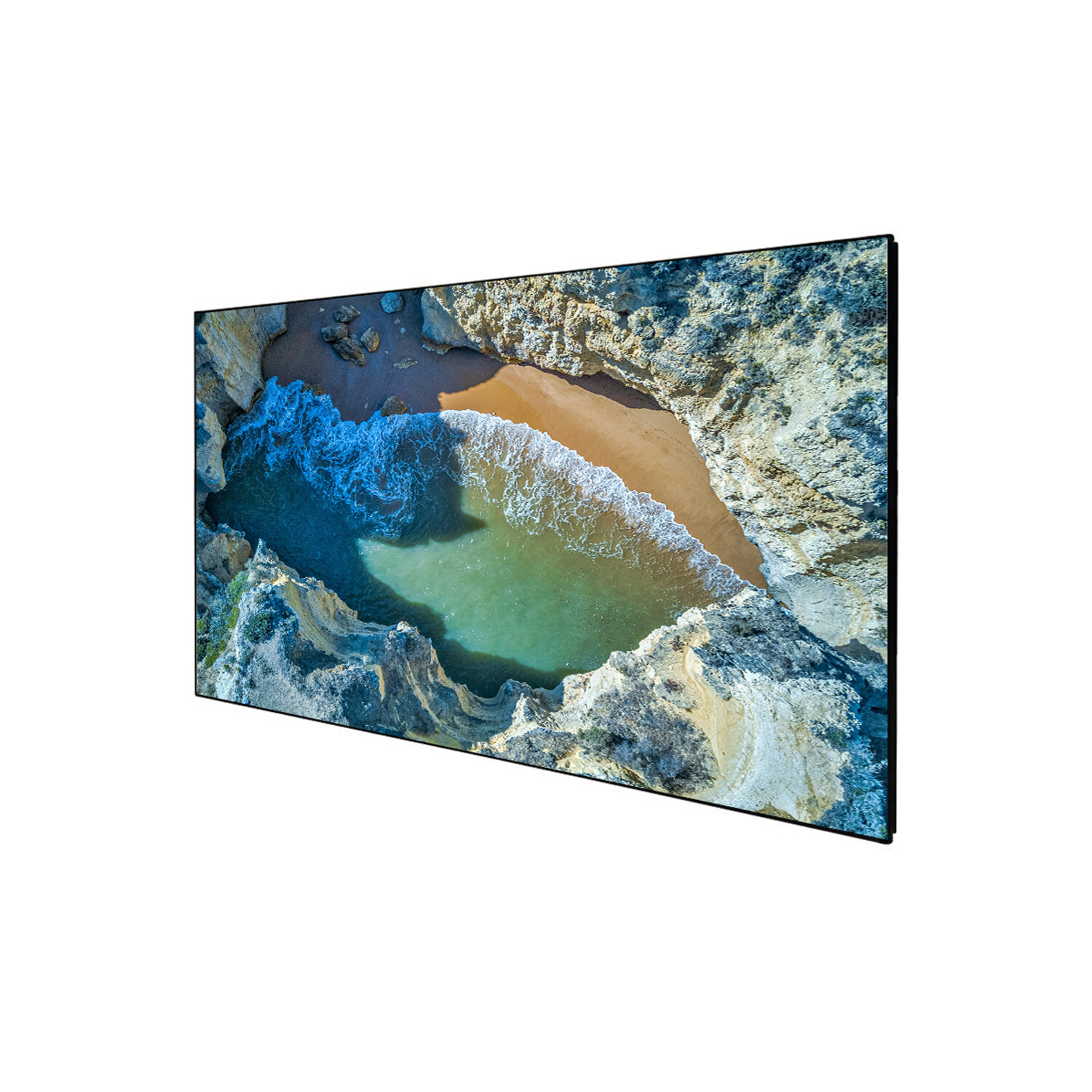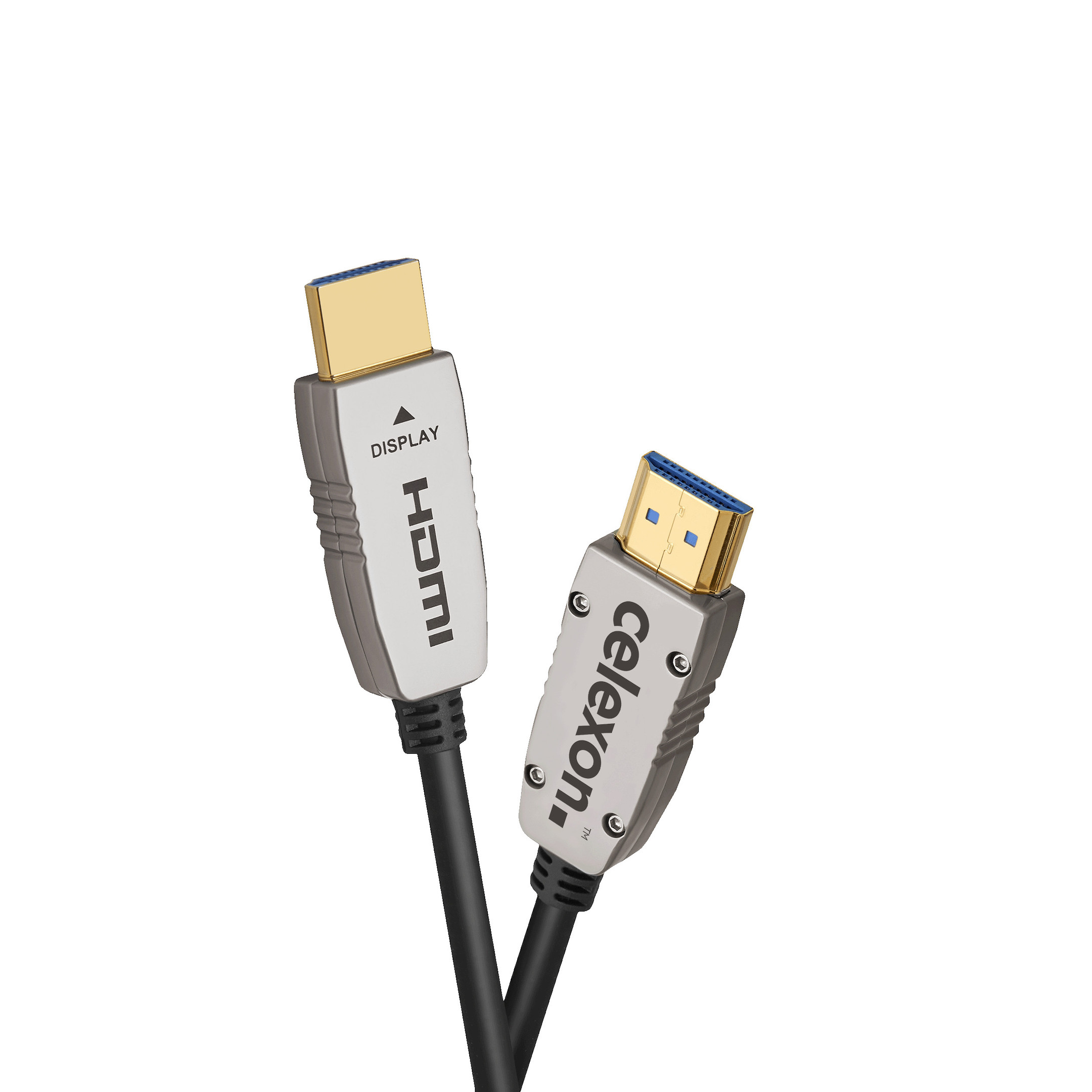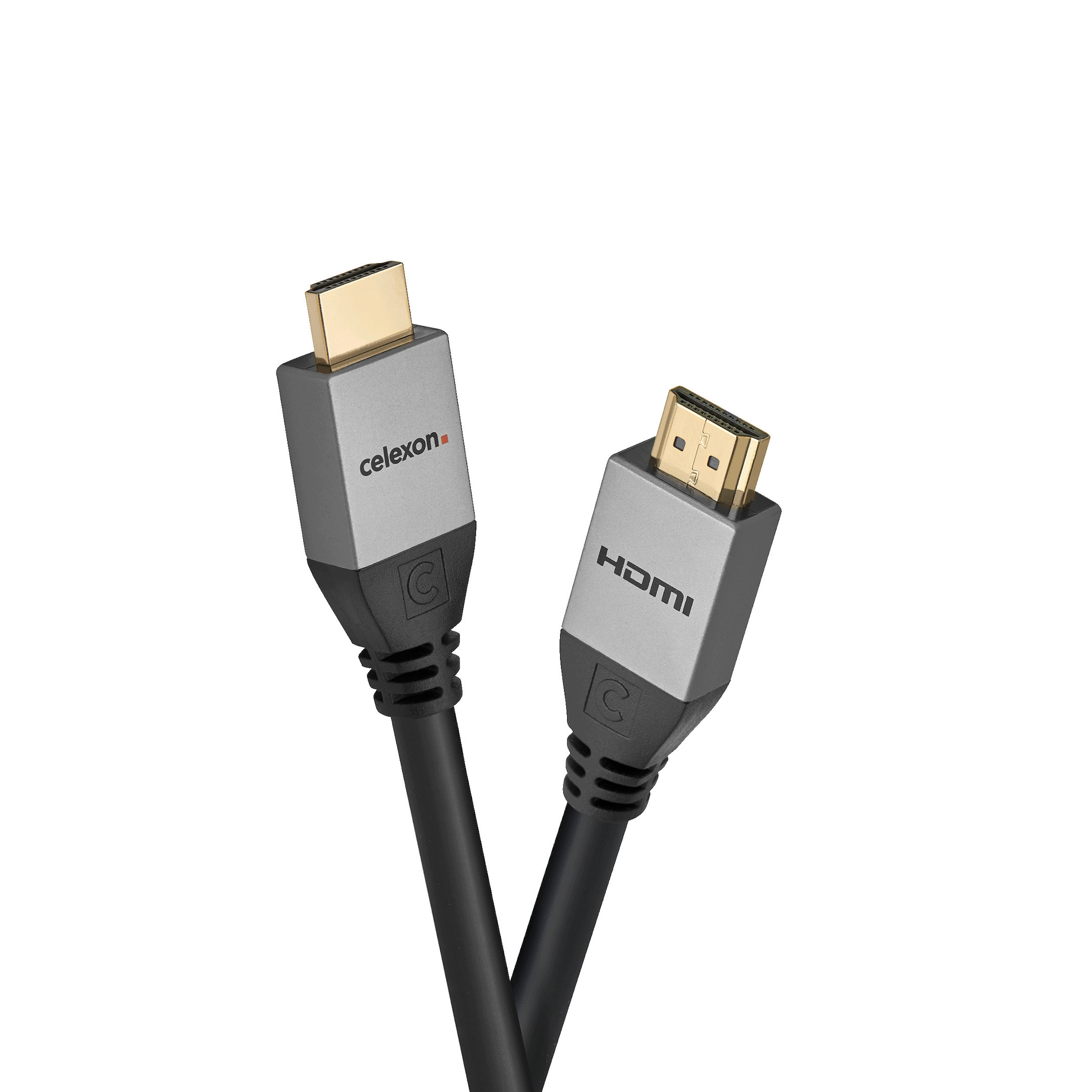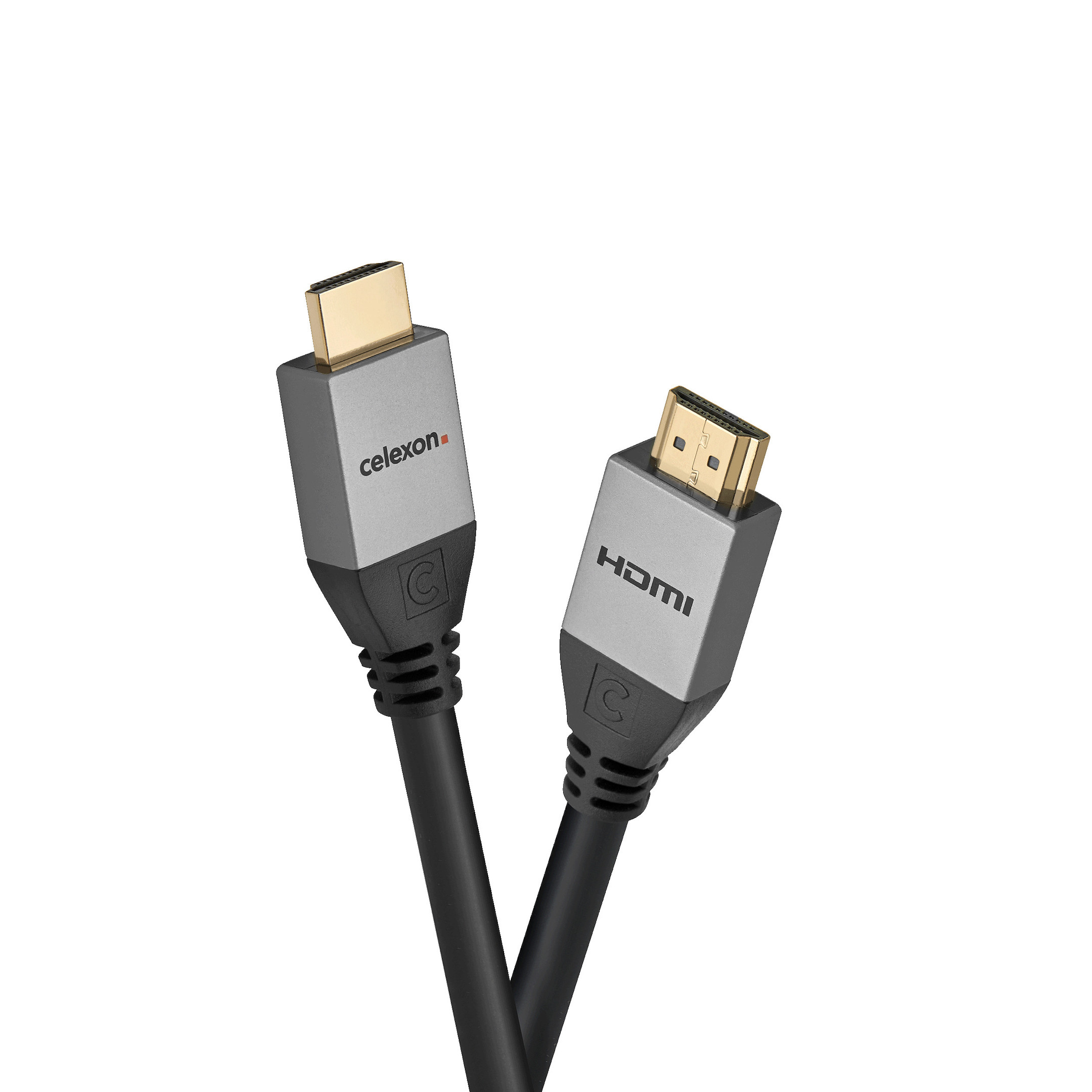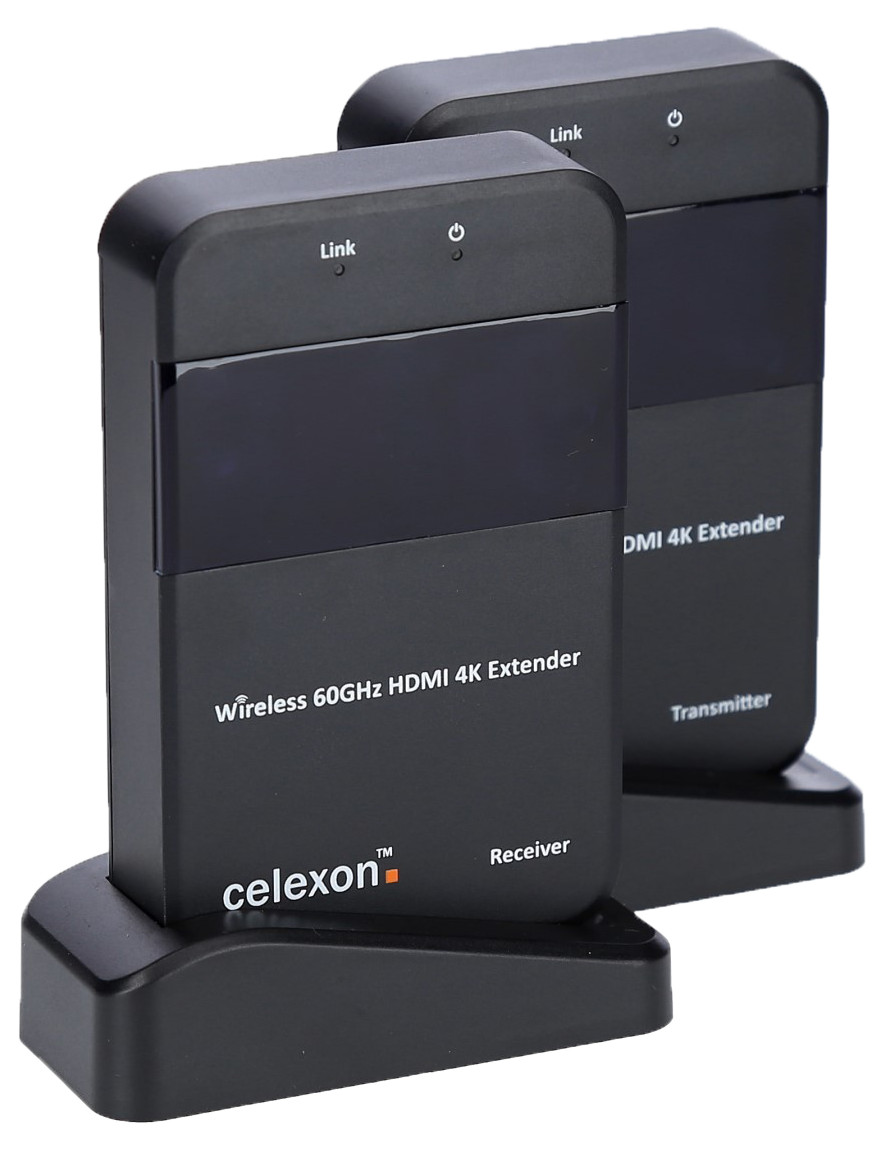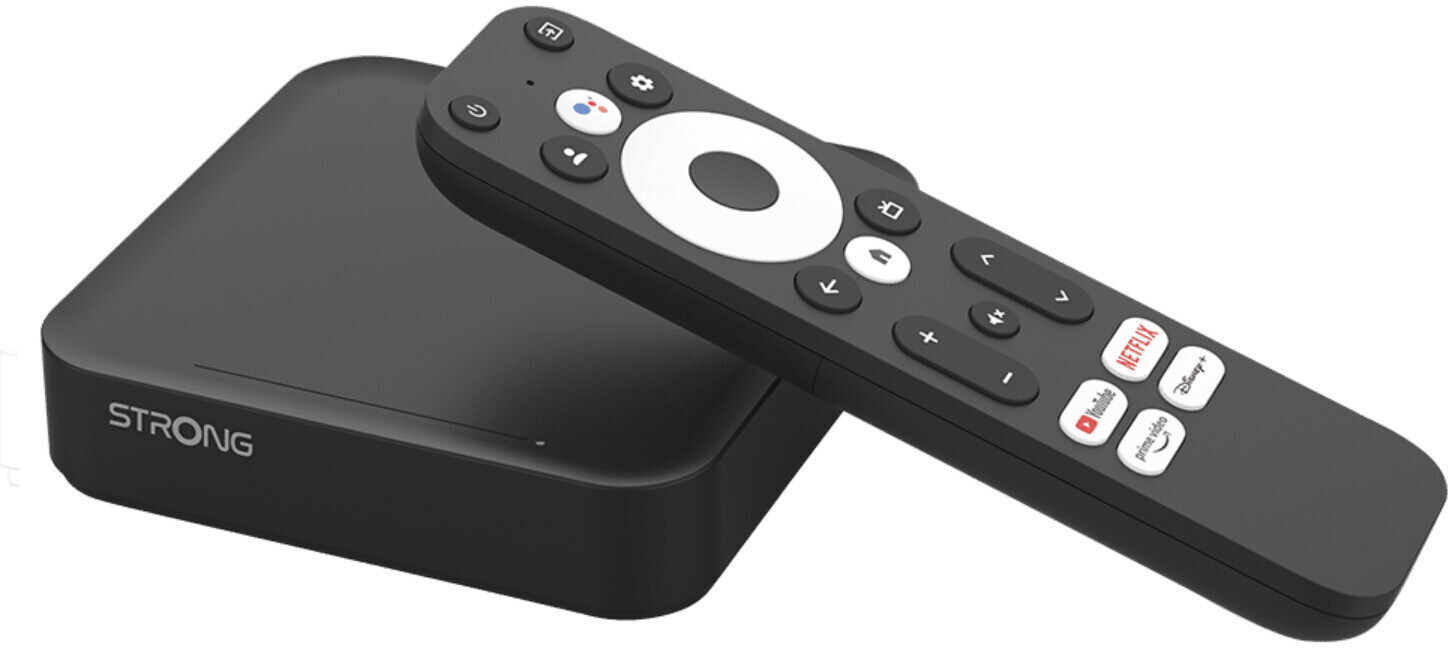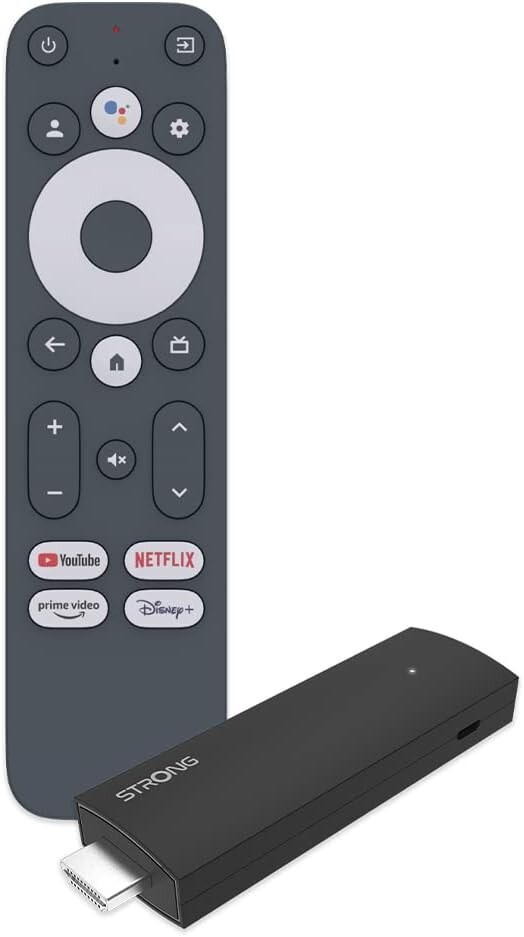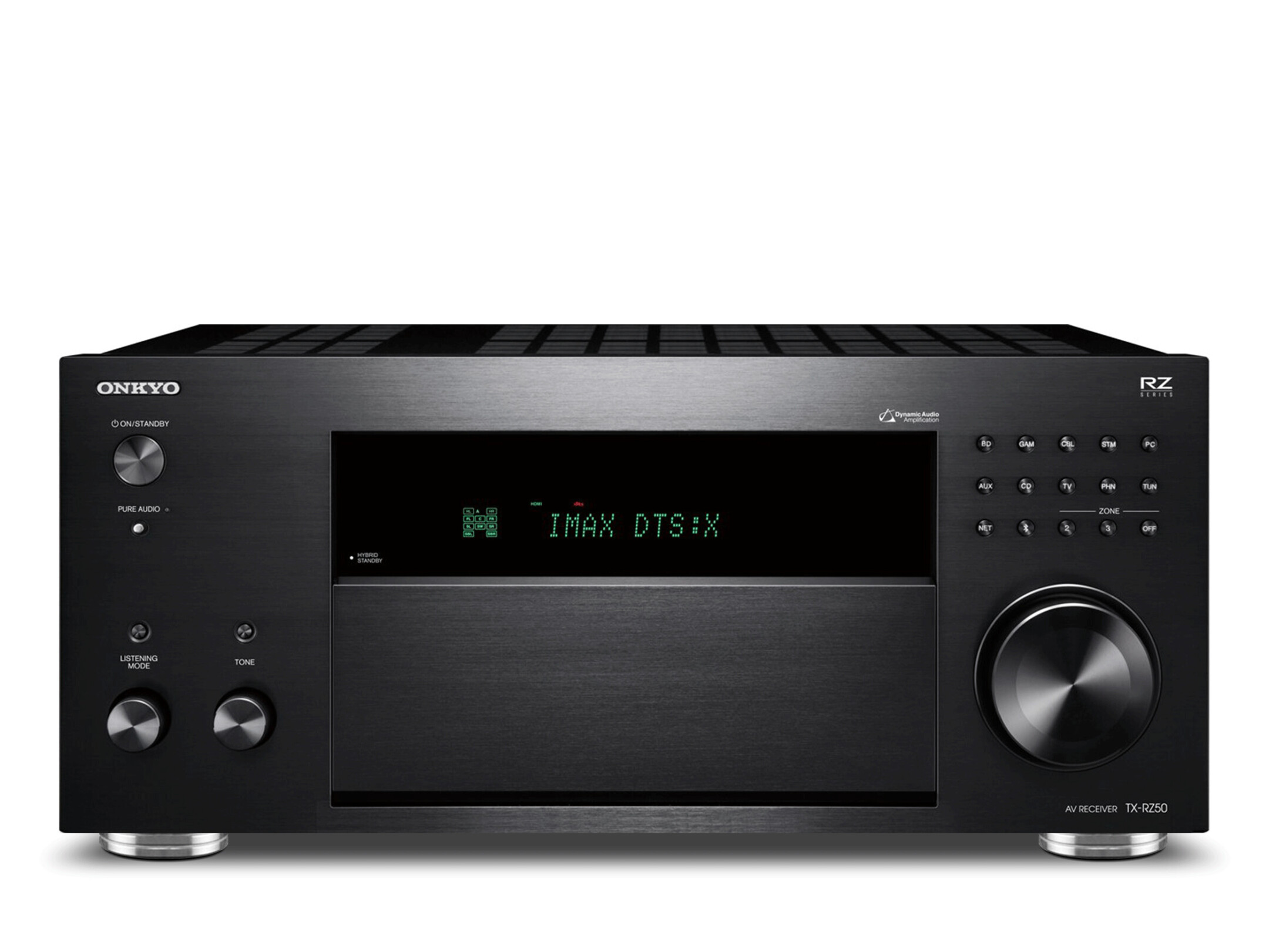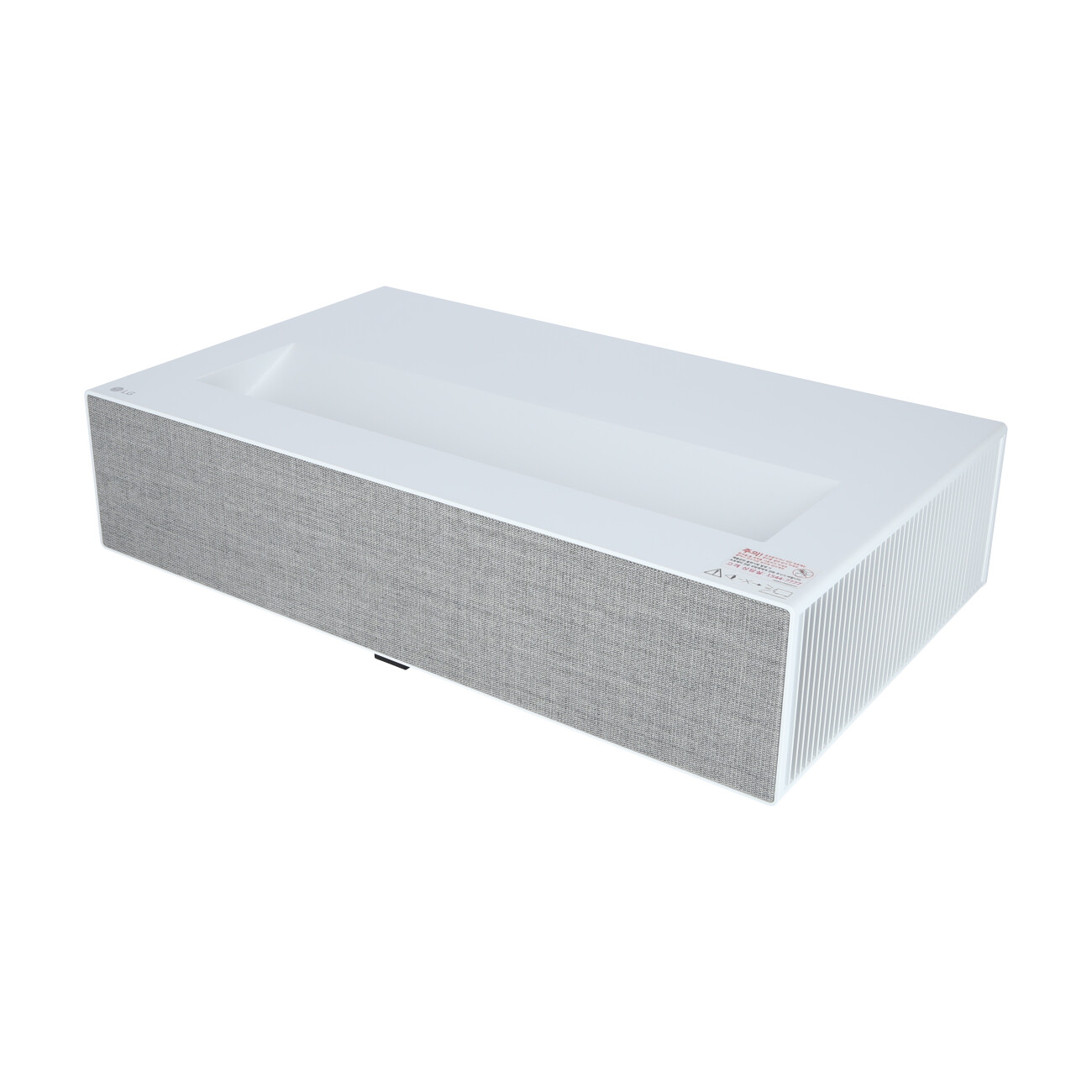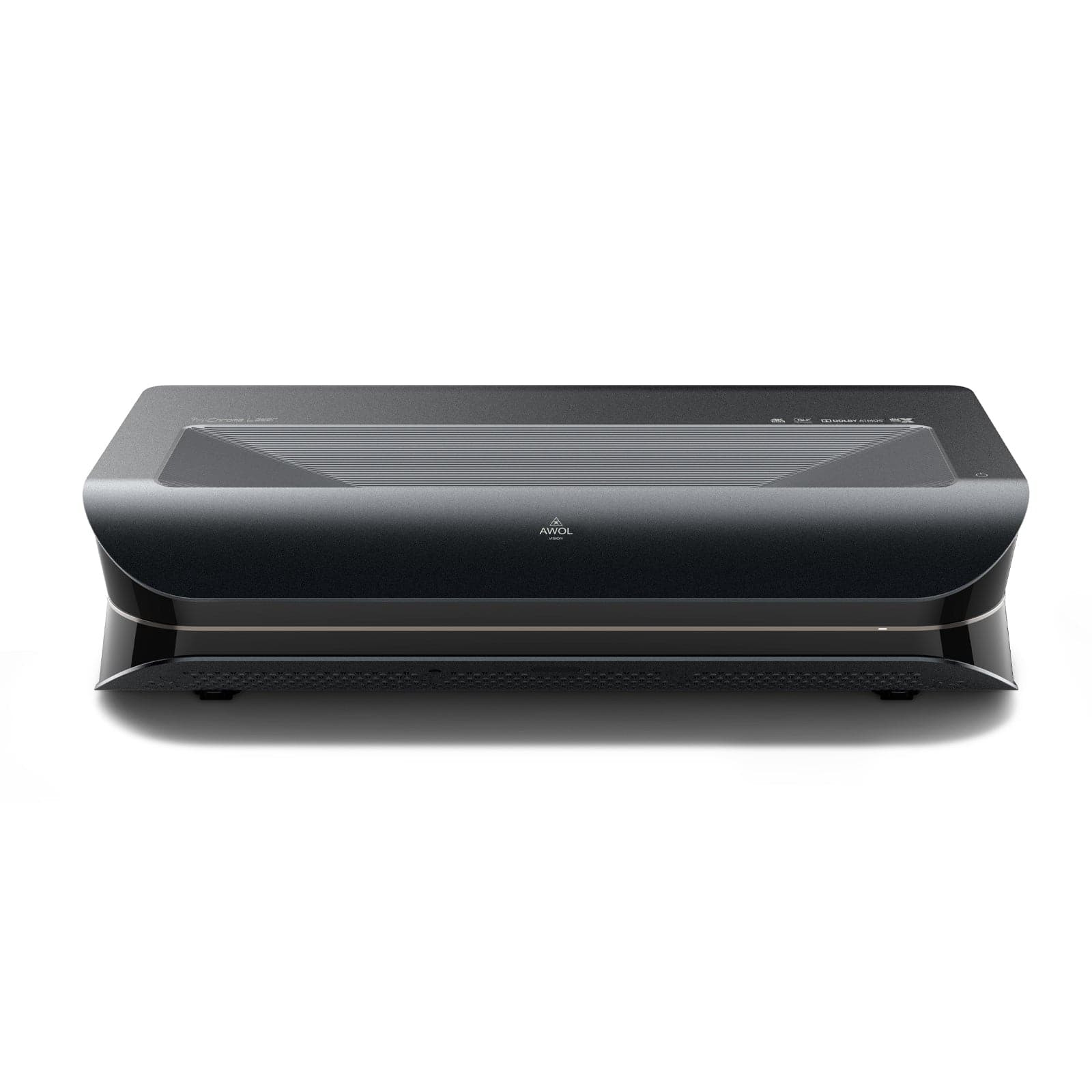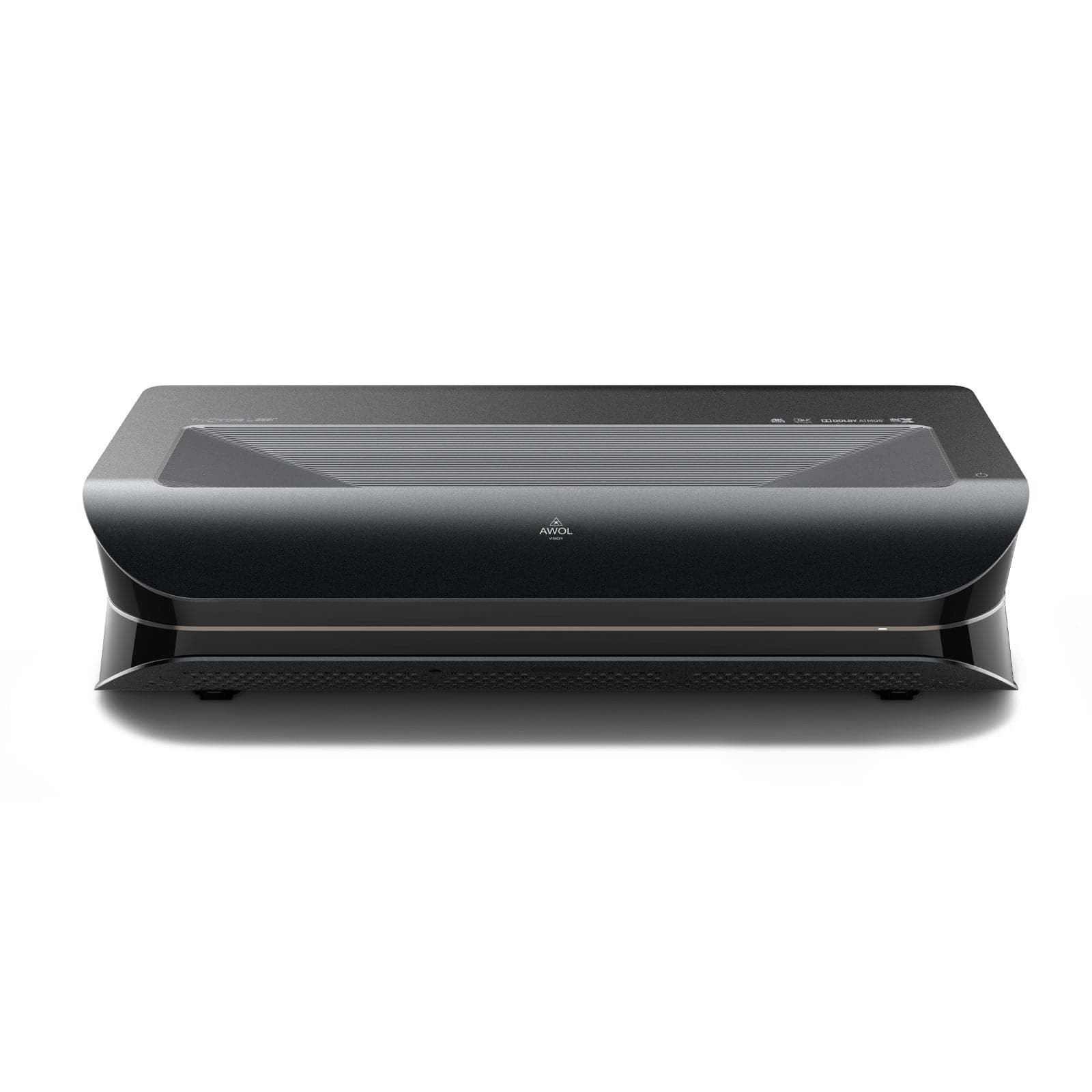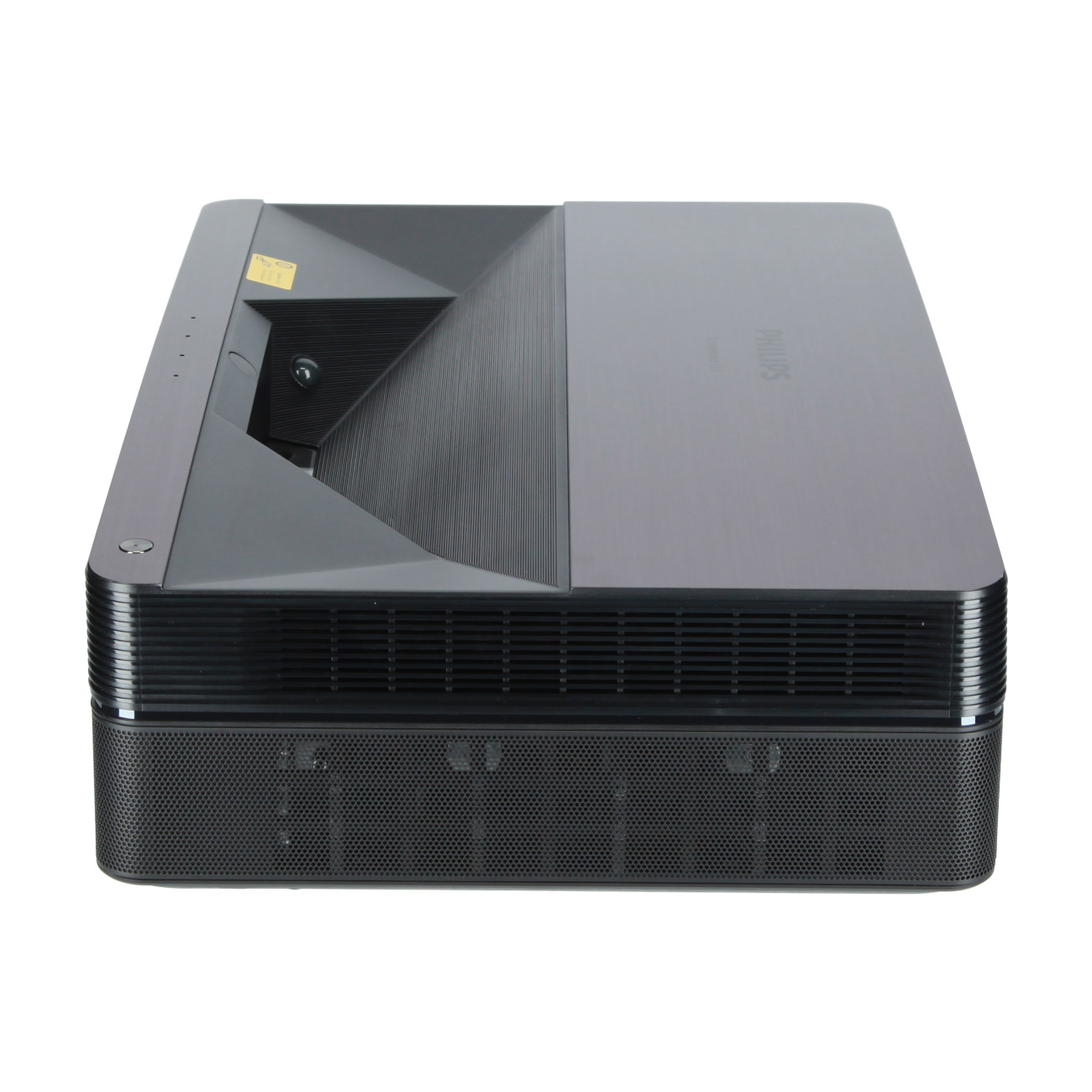






























































£2,299.00*
- ANSI Lumen 1,800 ANSI Lumen
- Resolution 3840 x 2160 4K UHD
- Aspect Ratio 16:9
- Operating noise 28 dB


Frequently purchased together
Product information
- 4K UHD Laser TV
- 2,200 lumens
- REC709, HDR10, Dolby Vision
- Dolby Atmos
- FlowMotion 4
- 120" screen size with 28cm wall distance
- ANDROID TV11
- Chromecast and OK Google
- 20 Watt 2.2 DSP Sound System
- >25.000h laser life
- 2x HDMI, 2xUSB, RS232, SPDIF, Lan
- WiFi Dual Band & Bluetooth 5.0
- 9.7kg net weight
With a distance of just 28 centimetres from the wall, the Screeneo U5 Laser Ultra Short Throw brings cinema to your home with true 4K Ultra HD home cinema and a stunning 120" (305cm) picture. With an incredible 8.3 million pixels (3840 x 2160), the Screeneo U5 delivers a highly accurate image with up to 2,200 ANSI lumens. Our laser technology with the new TI DLP chip supports wider colour coverage and provides incredible colour reproduction performance of up to 12 bits. Become the director in your own living room thanks to vivid colour reproduction with HDTV Rec.709, HLG, HDR10 and Dolby Vision. Our FlowMotion (Motion Estimation and Motion Compensation) processing eliminates motion blur even in fast-moving images. With 8-point keystone adjustment, you can easily adjust your image even when the projector is not aligned to the wall.
The Screeneo U5 is ready to stream! Android TV and ChromeCast are built in to enjoy all your favourite shows from Amazon Prime, Disney+, Hulu, Discovery+ and more!
Compatible with Dolby Atmos, your Screeneo U5 features 2x10 watts of 4-channel sound with stunning bass to deliver an immersive performance with incredible dynamic range even at low volumes.
When perfect picture quality meets sound to match, it's a mesmerising experience.
4K laser projector
See movies and more in true 4K UHD sharpness, full of fineDetails that can be lost at lower resolutions. The picture remainslifelike and text remains crisp on displays up to 120" (305cm) or moreor more. DLP cinema technology from Texas Instrumentsoffers an immersive home cinema experience with vivid images, deep contrastsContrast and bright images in all conditions. The 2,200 ANSI lumenLaser light source provides rich and vibrant colours for up to 25,000 hours:No need for blackout curtains!
Android TV experience
Your Philips Android TV projector delivers the content you want,when you want it. You can customise the home screen with your favourite apps so that you canapps so you can easily start streaming your favourite movies and series-series with ease. Or pick up where you left off.Our OSD has a new intuitive user interface that makes it even easier to navigate and navigatenavigate and find your way around. Equipped with the fastestAMLOGIC CPU, it offers a seamless and premium Android TV experience.
Chromecast built-in
Chromecast built-in is a technology that lets you enjoy your favourite content and apps from your phone, tablet or tabletand apps from your phone, tablet or laptop directly to your TV or speakersSpeakers. Your phone serves as a simple and powerfuland powerful remote control. Simply open the mobile apps you already knowmobile apps and enjoy quick access to your TV shows and playlistsPlaylists. You can use your phone from anywhere in your home to browse,Browse, queue and control the projector from anywhere in your home, andwithout interrupting the playback in progress or draining your battery.
Modern picture quality
With preciseColour accuracy and incredible contrasts on a screen of max. 380cm (150"), the Screeneo U5 is the world's first projector to deliver images that arecompatible with REC709, Dolby Vision, HDR10 and HLG, and delivers an incredibleincredible colour reproduction of up to 12 bits. Eye sensor protectionfor automatic dimming of the light.
Dolby Atmos and DTS-HD
The Screeneo U5delivers cutting-edge sound and a true 4K experience with Dolby Atmos and DTS HD.
Advanced connectivity
Connect all your favourite devices (such as smartphoneall your favourite devices (such as smartphone, tablet, laptop, game console) viaHDMI and play back all your videos, pictures and audio files thanks to theintegrated multimedia player via USB. Two HDMI and twoUSB ports and a 3.5 mm jack also allow you to connect external speakersexternal speakers. The RS-232 port enables home cinema and home automation systemsHome automation systems.
Flow Motion 4
Our new FlowMotion 4 adds artificial images between existing images so that videos can beVideos can be displayed at a higher frame rate. Our technologyautomatically detects dynamic imagery and inserts images to ensureto ensure that the motion displayed is smooth and seamless, especially in fast-pacedfast-paced motion like in sports or action movies.
Compatible with OK Google
If you want to play a game, watch NetflixPlay a game, watch Netflix or search for content and apps in the Google Play Store?search? Just tell your projector. You can even use any GoogleAssistant compatible smart devices in your home with commands, like dimming the lights for a movie night orDim the lights for a movie night or adjust the thermostat.
Room-filling sound
A powerful sound system for a powerful sound experiencepowerful sound system for an impressive, room-fillingSound system that lets you immerse yourself in your movies. Equipped with2.2 channels, 20 watts and a dedicated DSP.
Small room, big picture
Enjoy a real cinema experience at homereal cinema experience at home. Thanks to the 0.21 ultra-short distance laser technologytechnology, the Screeneo U5 projector offers an impressive 305 cm (120")(120") when placed just 28 cm from the wall or projection surface and up toeven up to 380 cm (150")! Place the Screeneo U5 ontable, TV shelf or wardrobe in the bedroom and enjoy your favourite shows, sportsYour favourite shows, sports and games more than ever before! Withlaser technology, you no longer cast shadows when you walk across the roomso your view is no longer interrupted.
Wireless features
Thanks to theBluetooth 5.1 function, you can easily connect wireless speakers, mouse,Gamepad, keyboard or other remote controls. In additionwi-Fi MIMO dual-band technology (2.4 and 5 GHz) reduces buffering and isis ideal for online gaming or full HD movies.
Technical data
| Name | Philips Screeneo U5 Projector, 3840 x 2160 4K UHD |
|---|---|
| Article number | 1000026123 |
| GTIN/EAN | 7640186960960 |
| Manufacturer SKU | SCN550/INT |
| ISO Lumen | 2,200 ISO Lumen |
| Lens included | Yes |
| Model name | Screeneo U5 |
| Brand | Philips |
| Product Type | Projector |
| Application | Football projector , Gaming projector , Home cinema projector , Short throw projectors Application Ultra-short distance projector: Special short-distance projectors equipped with a wide-angle lens have been developed for conference room and classroom use. These projectors are also usually used for operation with interactive whiteboards. These projectors have the ability to project a large image from a very short distance. Ultra-short distance projectors are extremely popular in presenter circles because, for one thing, the image is not obscured when the presenter is standing in front of the screen. Secondly, the presenter is not or only slightly dazzled by the projector. An increase in this effect is offered by ultra-short distance projectors, which project the correspondingly large image from a distance of only a few centimetres. |
| Projector Type | DLP Projector Type DLP: DLP is a projection technique. With DLP technology, the light is sent through a rotating colour wheel. The newer DLP beamers have already increased the number of colour segments on the rotating colour wheel from six to up to eight in order to achieve better colour mixing. The coloured light is beamed onto a DLP chip where there are micro-mirrors. There is one micro-mirror per pixel. From each individual micro-mirror, an image is beamed through the lens onto the projection screen, where an image now appears. Rainbow effect: The rainbow effect basically occurs with all 1-chip DLP projectors. However, only about one third of all users notice this effect. When images are generated by DLP projectors, a specific colour of the colour wheel is successively projected onto the screen for each pixel and interpreted by the viewer's eye as a respective colour with a specific brightness/intensity. The more segments the colour wheel of a DLP projector has and the faster it rotates or the DLP chip is controlled, the smaller the rainbow effect. A flashing of the colours of the colour wheel (red-green-blue, possibly others) is then perceptible, partly with complete, also still images, partly with moving images, but especially at edges between bright and dark image areas. The effect can also be observed in high-contrast or dark images, or when the image content changes rapidly, e.g. in action films. Viewers who notice this effect report, among other things, from slight headaches to severe headaches and dizziness. LCD: LCD (liquid crystal display) is a projection technology. Lamp light is split by a dichroic mirror into its three primary colours: red, green and blue (3LCD). The split light is filtered by the polysilicon liquid crystal panel working for each colour. This creates monochrome images that are superimposed by a prism to create a picture on the screen. Particularly high-quality beamers use four panels (4LCD). With 4LCD beamers, the colour yellow is also separated. This enhancement emphasises the display of yellow. LCoS: LcoS is a projection technique. This technology also uses liquid panels, but the panels are not illuminated as with LCD technology. There are mirrors behind the panels that are similar to DLP technology. These mirrors significantly reduce the fly screen effect and achieve higher contrast values. Rear projection: Many projectors are suitable for so-called rear projection. For rear projection, an appropriately translucent screen is required (rear projection screen). For rear projection, the projector is positioned behind the screen and the corresponding mode is switched on in the projector menu. This function ensures that the image is mirrored. The advantage of rear projection is that the image is not obscured in the area in front of the screen when people walk in front of the image in the cone of light between the projector and the screen. For rear projection, projectors with higher light output are needed, as a lot of light is lost when passing through the screen. Since screens with rear projection surfaces have a high gain factor, the viewing angle decreases, so the audience should be positioned as centrally as possible in front of the screen. This type of rear projection is particularly popular in the event industry. Short-distance projectors: Special short-distance projectors equipped with a wide-angle lens have been developed for conference room and classroom use. These projectors are also commonly used for operation with interactive whiteboards. Short-distance projectors have the property of projecting a large image from a very short distance. This feature is extremely popular in presenter circles because, on the one hand, little of the image is obscured when the presenter is standing in front of the screen. Secondly, the presenter is not or only slightly dazzled by the projector. An increase in this effect is offered by ultra-short distance projectors, which project the correspondingly large image from only a few centimetres away. |
| Projector lamp type | Laser |
| ANSI Lumen | 1,800 ANSI Lumen ANSI Lumen There are various measurement methods for the brightness of beamers and projectors, which result in different values. Depending on the standard and method, factors such as measuring environment, light source and projection are taken into account. This results in unit names such as ANSI lumen, ISO lumen or LED lumen, which are not directly comparable with each other. ANSI lumen: The most frequently used and standardised measurement of the brightness of projectors. It is based on fixed specifications for the measuring environment and enables precise comparative values. ISO lumens: (approx. 0.99 ANSI lumens) An alternative standard measurement according to the ISO standard, which works in a similar way to ANSI lumens. It is usually only slightly lower, about 0.99 ANSI lumens correspond to 1 ISO lumen. LED lumen: (approx. 1.3-2.4 ANSI lumens) A brightness specification used specifically for LED projectors. It is often higher than ANSI lumens as no standardised measurement standards are used. The factor is between 1.3 and 2.4 compared to ANSI lumens. CVIA lumens: (approx. 1.8-2.5 ANSI lumens) A standard developed specifically for the Chinese market. It takes into account additional criteria such as total system brightness. CVIA lumens correspond to approximately 1.8 to 2.5 ANSI lumens. Note: Our shop filters only use ANSI lumens. To ensure comparability between units, we convert other specifications to ANSI lumens using average values. |
| Resolution | 3840 x 2160 4K UHD Resolution Resolution: The resolution of a projector is the maximum number of image points (pixels) that a projector can display based on its naturally existing technology, i.e. without conversion or cropping of the image. The native resolution is the number of pixels that a projector physically has to display the image. A projector usually interpolates a resolution when it receives an image signal with a higher resolution than the native one. If this is the case, there may be a lack of image detail or general blurring in the displayed image. If a projector receives an image signal with a lower resolution than the native, it also interpolates, it scales the image up to the native resolution, calculates corresponding additional pixels, if possible without changing the image information. The disadvantage here is that although the image is displayed larger than fed, the original individual pixels may become much more visible as they are multiplied by the conversion. 4K: 4K refers to the resolution of 3840 x 2160 or Ultra High Definition Television (UHDTV). This resolution corresponds to 4 times the resolution of Full HD. To record films with this resolution, special cameras are needed that can record at around 8 megapixels (4K). Full HD: The term Full HD is used to describe devices that can physically display or output HDTV signals in full (1920 x 1080 pixels). 1080p: 1080p is the specification of the vertical picture lines. Among other things, it refers to the resolution 1920 x 1080. The "p" in this case means full frames, so all picture lines are displayed simultaneously. 1080i: 1080i is the specification of the vertical picture lines. The "i" in this case means fields. This signal is usually displayed interpolated (e.g. by devices with a 1280 x 720 HDready resolution). The interpolation digitally adds pixels, but also offers a slight blurring. In contrast, 1080p playback uses full frames. |
| Aspect Ratio | 16:9 Aspect Ratio Format: The projected image is output in a format (aspect ratio) specified by the projector. The format is also determined by the resolution of the projector (see also the entry "Resolution"). The screen format is usually selected on the basis of the format of the beamer image. The most common formats are 4:3, 16:9 and 16:10. |
| Contrast Ratio | 1,483 :1 Contrast Ratio Contrast: The contrast reflects the gradations between the lightest and darkest point. This is determined from white to grey to black. The higher the contrast, the more precisely the individual gradations between the respective sections can be recognised. In real use, however, the contrast actually only plays a role in darkened rooms, as the light counteracts the contrast. Therefore, contrast plays a rather subordinate role in presentation devices. It should also be noted that the contrast is determined differently depending on the technology. This often results in very different values on paper. Black level: The black level indicates the lowest light value of the projection that is achieved when projecting a black image. The better the black level, the more the dark colours / black tones are emphasised in the image. |
| Operating noise | 28 dB Operating noise Operating noise: Naturally, every projector produces an operating noise due to the cooling function of the ventilation fan. This is specified by the manufacturer in the data sheet in dB (decibels). In Eco mode, the projectors are quieter than in normal operation due to the reduced output. However, the manufacturers' specifications do not always correspond to reality, as there is no standardised measurement procedure for this measurement. Thus, the projectors cannot be compared exactly by the volume specification. Decibel (dB): Naturally, every projector emits an operating noise caused by the cooling function of the ventilation fan. This is specified by the manufacturer in the data sheet in dB (decibels). In Eco mode, the projectors are quieter than in normal operation due to the reduced output. However, the manufacturers' specifications do not always correspond to reality, as there is no standardised measurement procedure for this measurement. Thus, the projectors are not exactly comparable by the volume specification. Volume: Naturally, every projector produces an operating noise due to the cooling function of the ventilation fan. This is indicated by the manufacturer in the data sheet in dB (decibels). In Eco mode, the projectors are quieter than in normal operation due to the reduced output. However, the manufacturers' specifications do not always correspond to reality, as there is no standardised measurement procedure for this measurement. Thus, the projectors are not exactly comparable in terms of volume. |
| Operating noise - ECO | 25 dB Operating noise - ECO Operating noise: Naturally, every projector produces an operating noise due to the cooling function of the ventilation fan. This is specified by the manufacturer in the data sheet in dB (decibels). In Eco mode, the projectors are quieter than in normal operation due to the reduced output. However, the manufacturers' specifications do not always correspond to reality, as there is no standardised measurement procedure for this measurement. Thus, the projectors cannot be compared exactly by the volume specification. Decibel (dB): Naturally, every projector emits an operating noise caused by the cooling function of the ventilation fan. This is specified by the manufacturer in the data sheet in dB (decibels). In Eco mode, the projectors are quieter than in normal operation due to the reduced output. However, the manufacturers' specifications do not always correspond to reality, as there is no standardised measurement procedure for this measurement. Thus, the projectors are not exactly comparable by the volume specification. Volume: Naturally, every projector produces an operating noise due to the cooling function of the ventilation fan. This is indicated by the manufacturer in the data sheet in dB (decibels). In Eco mode, the projectors are quieter than in normal operation due to the reduced output. However, the manufacturers' specifications do not always correspond to reality, as there is no standardised measurement procedure for this measurement. Thus, the projectors are not exactly comparable in terms of volume. |
| Lamp life | 25,000 Hour Lamp life Lamp life: The lamp life is specified by the manufacturer once in normal mode and once in eco mode. Depending on which mode the projector is used in, the lamp may last less or longer. However, the lamp life also depends on the duration of use. The longer a projector is in operation, the sooner it can lose its service life. Furthermore, external influences such as dust or nicotine can lead to a reduction in the service life. In order to ensure a longer lamp life, appropriate maintenance of the unit is necessary. Maintenance means that the air filter of LCD projectors should be vacuumed out frequently or replaced completely if there is a corresponding build-up of dirt. The exact service life of a projector cannot be determined exactly because of this. In order to accommodate the user, the various manufacturers offer different lamp warranty conditions for their devices. For example, one year on the lamp or up to 1000 lamp hours, whichever comes first. However, this varies from manufacturer to manufacturer and can be found in the specific data sheets. |
| Minimum Projection Distance | 4 cm |
| Maximum Projection Distance | 30 cm |
| Minimum Projection Ratio | 0.21 Minimum Projection Ratio Projection ratio: The projection ratio indicates at which projection distance a corresponding image width is achieved. This value depends on the lens installed.Example 1 - Calculating the distance: Projection ratio 1.4-1.8:1 Desired image width = 300cm Result: 420 - 540 cm distance (300 x 1.4 or 1.8). Example 2 - Calculation of possible image widths: Projection ratio 1.4-1.8:1 Projection distance = 560cm Result: 311 - 400cm image width (560 / 1.4 or 1.8). |
| Maximum Projection Ratio | 0.21 Maximum Projection Ratio Projection ratio: The projection ratio indicates at which projection distance a corresponding image width is achieved. This value depends on the lens installed.Example 1 - Calculating the distance: Projection ratio 1.4-1.8:1 Desired image width = 300cm Result: 420 - 540 cm distance (300 x 1.4 or 1.8). Example 2 - Calculation of possible image widths: Projection ratio 1.4-1.8:1 Projection distance = 560cm Result: 311 - 400cm image width (560 / 1.4 or 1.8). |
| Inputs | 1x VGA , 2x HDMI , 2x USB-A Inputs HDMI: Digital connection for the transmission of picture & sound. Necessary for high-resolution picture quality (HDTV). Since HDMI 1.4 (High Speed) suitable for transmission of 3D content in Full HD. For high-resolution picture quality in UHD, 4K or HDR, the connection via HDMI 2.0a and higher is suitable. HDMI 2.1 or higher should be used from 120Hz refresh rate in 4K. VGA: The VGA connector is a 15-pin connector for analogue image transmission. It is also called DSub15 and is often found on notebooks and PCs. Compared to the other analogue connections, it offers good picture quality. It can be screwed to the input or output device and can be adapted to YUV with a suitable configuration. DisplayPort: The DisplayPort connection is a VESA-standardised connection for the transmission of image and sound data. In addition to HDCP encryption, DPCP is also supported. Due to its compact size, the connection is most commonly used in notebooks. An extra small variant is the MiniDisplayPort, which is used especially with Apple devices. DVI: DVI (Digital Visual Interface) is an interface for the transmission of video data. Only analogue signals can be transmitted via DVi-A, only digital signals via DVI-D and both types of signals via DVI-I. USB: USB (Universal Serial Bus) is used to control and manage the projector (USB-B). With some business devices, office files and images can also be presented directly with a USB stick or a mouse can be connected via the USB input (USB-A). Toslink: The Toslink connection is an optical signal connection that works on an optical fibre basis. It is used for the digital transmission of audio signals. The optical design offers a lower susceptibility to interference from external magnetic and electrical influences. The connection is mostly used in the area of DVD / Blu-ray players and comparable devices in connection with an AV receiver, if these work with dts or Dolby Digital signals. YUV: The YUV connection, also called Y Cb/Pb Cr/Pr or component connection, is an analogue video connection with three channels (light intensity and two colour channels). Qualitatively, it is the best analogue video connection. Component cable: The YUV connector transmits analogue signals over three cables (Y=black and white UV=colours). YUV is used to transmit HDTV and is compatible with Cinch, for example. S-Video: The S-Video connection is also called S-VHS or Hosiden connection. Compared to the Cinch video connection, it works with two channels (brightness/colour). In terms of quality, it is somewhat better than the Cinch video connection, but there are also limitations. These can be explained by the susceptibility of the signal, which is reflected in picture distortions, for example. Cinch: The cinch video connection is also called composite connection. To make it easier to recognise, it is usually sheathed in yellow. Since the transmission is only via one channel, the picture quality is on a low level. D-Sub15: The VGA connector is a 15-pin connector for image transmission on an analogue basis. It is also called DSub15 and is often found on notebooks and PCs. Compared to the other analogue connectors, it offers good picture quality. It can be screwed to the input or output device and can be adapted to YUV with a suitable configuration. RS232: The RS232 interface can be used to control or manage the projector. Mini Jack: With a single-pin Mini Jack, mono audio signals can be transmitted, with a two-pin stereo audio signals and with a three-pin stereo audio signals and image data can be transmitted. Scart: Scart is a connector that can be used to transmit analogue audio and video signals. It is compatible with other analogue connections such as RCA or S-Video. ARC: The audio return channel, also called ARC or audio return channel, was introduced with HDMI version 1.4 to reduce the amount of cabling between HDMI components. The audio return channel runs via the existing HDMI cable. Therefore, an additional cable for the sound no longer needs to be connected. However, both devices must support ARC. All audio file formats that are also transmitted via the SPDIF interface can be transmitted via the audio return channel. These include Dolby Digital, Digital Theatre Sound and PCM audio. As an example, a connection between a TV (including receiver) and an AV receiver could be made via an HDMI cable. The sound from the TV is fed back via the HDMI cable. Previously, an additional digital cable (coaxial or Tos-Link) was required for the audio signals. |
| Outputs | 1x 3,5mm Jack Outputs HDMI: Digital connection for the transmission of picture & sound. Necessary for high-resolution picture quality (HDTV). Since HDMI 1.4 (High Speed) suitable for transmission of 3D content in Full HD. For high-resolution picture quality in UHD, 4K or HDR, the connection via HDMI 2.0a and higher is suitable. HDMI 2.1 or higher should be used from 120Hz refresh rate in 4K. VGA: The VGA connector is a 15-pin connector for analogue image transmission. It is also called DSub15 and is often found on notebooks and PCs. Compared to the other analogue connections, it offers good picture quality. It can be screwed to the input or output device and can be adapted to YUV with a suitable configuration. DisplayPort: The DisplayPort connection is a VESA-standardised connection for the transmission of image and sound data. In addition to HDCP encryption, DPCP is also supported. Due to its compact size, the connection is most commonly used in notebooks. An extra small variant is the MiniDisplayPort, which is used especially with Apple devices. DVI: DVI (Digital Visual Interface) is an interface for the transmission of video data. Only analogue signals can be transmitted via DVi-A, only digital signals via DVI-D and both types of signals via DVI-I. USB: USB (Universal Serial Bus) is used to control and manage the projector (USB-B). With some business devices, office files and images can also be presented directly with a USB stick or a mouse can be connected via the USB input (USB-A). Toslink: The Toslink connection is an optical signal connection that works on an optical fibre basis. It is used for the digital transmission of audio signals. The optical design offers a lower susceptibility to interference from external magnetic and electrical influences. The connection is mostly used in the area of DVD / Blu-ray players and comparable devices in connection with an AV receiver, if these work with dts or Dolby Digital signals. YUV: The YUV connection, also called Y Cb/Pb Cr/Pr or component connection, is an analogue video connection with three channels (light intensity and two colour channels). Qualitatively, it is the best analogue video connection. Component cable: The YUV connector transmits analogue signals over three cables (Y=black and white UV=colours). YUV is used to transmit HDTV and is compatible with Cinch, for example. S-Video: The S-Video connection is also called S-VHS or Hosiden connection. Compared to the Cinch video connection, it works with two channels (brightness/colour). In terms of quality, it is somewhat better than the Cinch video connection, but there are also limitations. These can be explained by the susceptibility of the signal, which is reflected in picture distortions, for example. Cinch: The cinch video connection is also called composite connection. To make it easier to recognise, it is usually sheathed in yellow. Since the transmission is only via one channel, the picture quality is on a low level. D-Sub15: The VGA connector is a 15-pin connector for image transmission on an analogue basis. It is also called DSub15 and is often found on notebooks and PCs. Compared to the other analogue connectors, it offers good picture quality. It can be screwed to the input or output device and can be adapted to YUV with a suitable configuration. RS232: The RS232 interface can be used to control or manage the projector. Mini Jack: With a single-pin Mini Jack, mono audio signals can be transmitted, with a two-pin stereo audio signals and with a three-pin stereo audio signals and image data can be transmitted. Scart: Scart is a connector that can be used to transmit analogue audio and video signals. It is compatible with other analogue connections such as RCA or S-Video. ARC: The audio return channel, also called ARC or audio return channel, was introduced with HDMI version 1.4 to reduce the amount of cabling between HDMI components. The audio return channel runs via the existing HDMI cable. Therefore, an additional cable for the sound no longer needs to be connected. However, both devices must support ARC. All audio file formats that are also transmitted via the SPDIF interface can be transmitted via the audio return channel. These include Dolby Digital, Digital Theatre Sound and PCM audio. As an example, a connection between a TV (including receiver) and an AV receiver could be made via an HDMI cable. The sound from the TV is fed back via the HDMI cable. Previously, an additional digital cable (coaxial or Tos-Link) was required for the audio signals. |
| wireless technology | WiFi wireless technology WLAN: WLAN (Wireless Local Area Network) refers to a wireless network. For example, projectors or displays can be connected wirelessly to various sources (notebooks, smartphones, etc.) to realise wireless image transmission. In some cases, additional components (dongles/adapters) are required for this if a wireless connection is not directly supported. AirPlay: Apple's AirPlay technology is used for wireless transmission of content, such as music and videos, from iOS and Mac devices. These can also be receiver devices such as speakers, AV receivers and stereo systems or TVs. Streaming also works from an iOS device to a matching receiver. The protocol developed by Apple can also be licensed by other manufacturers. iProjection: With the free Epson iProjection app, projectors can be operated remotely and office content and photos can be projected. The app is compatible with current Epson business projectors and can also be used as a practical remote control. Other features of this functionality include searching for available projectors, volume control, mute, and a freeze function to freeze the current image of a presentation. The most important Office contents, such as Word, Excel, PowerPoint, Keynote and PDF files, are supported and can be played back directly from the medium. Images in JPEG and PNG format can also be presented directly. The Epson iProjection app is available for download free of charge from the Apple App Store and the google Play Store. Easy MP: A special network function from Epson. The Easy MP function allows you to present efficiently over multiple computers via an existing network. Easy MP allows you to transfer a presentation, images as well as audio data via the network and thus receive a selection from various sources in the network. |
| Features | Integrated speaker |
| Product width | 48.5 cm |
| Product height | 15.1 cm |
| Product depth | 32.5 cm |
| Weight | 9.55 kg |
| Colour | Black |
| Delivery contents | Batteries , Power cable |
| Condition | New |
| Warranty | 24 Month |
| Warranty type | Bringin service Service and support information |
Manufacturer's warranty information:
Here you will find more detailed information on the different types of warranty. Please refer to our manufacturer overview for contact details and warranty conditions for the corresponding warranty claim. Statutory warranty rights are not restricted by an additional manufacturer's warranty. Our liability for defects is governed by law. Defect rights can be claimed free of charge.
Projection distance calculator
Product safety
| Person responsible for the EU |
|---|
| Philips Consumer Lifestyle B.V. |
| High Tech Campus 52 |
| 5656 AG Eindhoven |
| Netherlands |
| Unternehmenskommunikation@philips.com |




